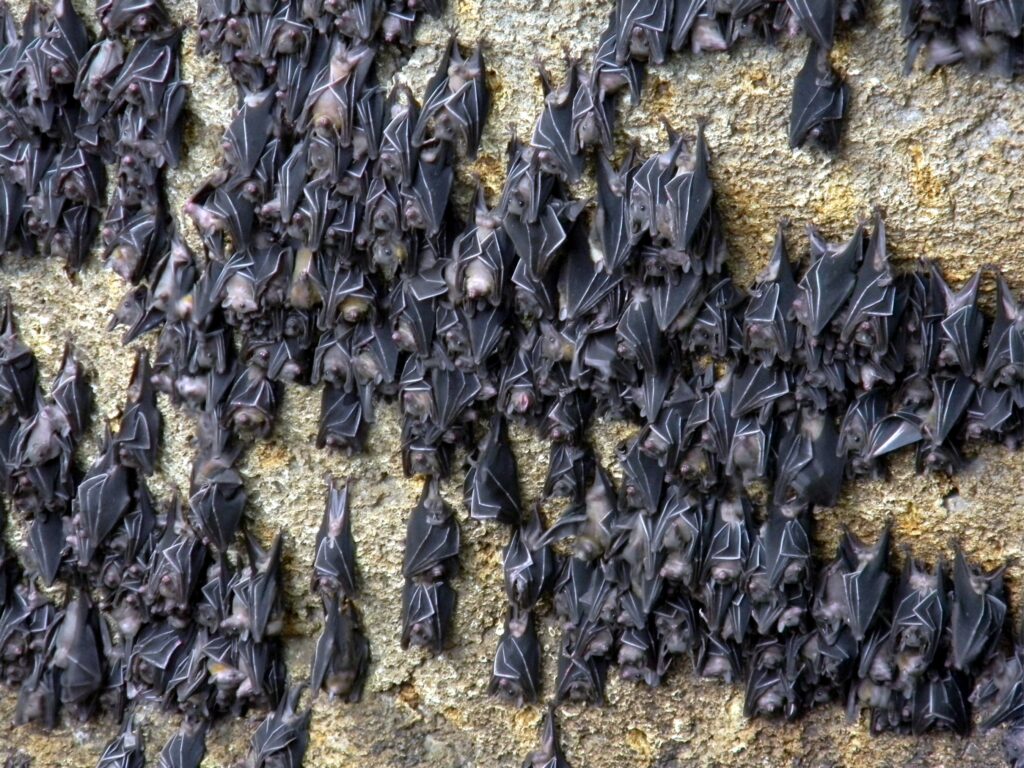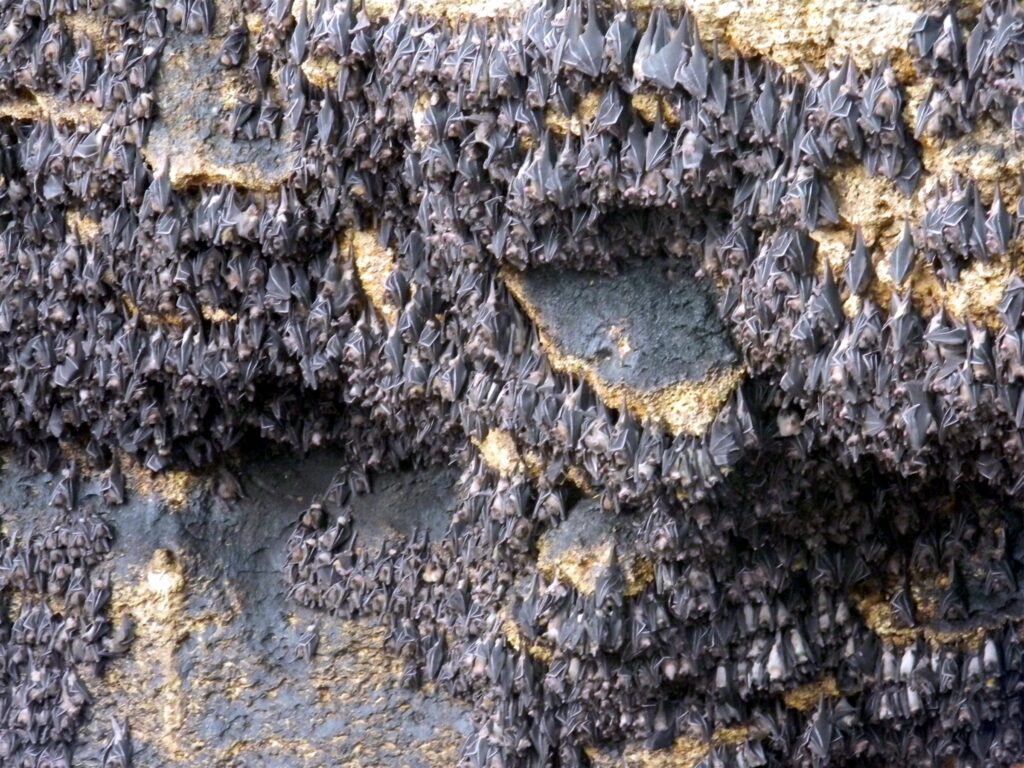“MENACING” BATS FACING EXTINCTION
Text and Photos by Henrylito D. Tacio
Bats are always associated with Dracula, the man who sucks blood from human beings. In movies, they are the pets of evil creatures. That’s why even if they are facing extinction; no one seems to pay attention to them.
Unlike the giant panda or the Philippine eagle, bats are creatures no one would want to hug; in fact, many would want to stomp them.
“Many have done wonderful pieces on what we are doing but I am wondering why it hasn’t generated the wished query from any sector to ask: how can we help?” lamented Norman Monfort, the woman behind the Philippine Bat Conservation, Inc.
Monfort is also the founder and president of Monfort Bat Cave and Conservation Foundation, Inc, which manages the millions of bats residing in a cave at barangay Tambo, Babak District of the Island Garden City of Samal.
“What have we done wrong?” wondered Monfort, who was honored as one of the “2011 Disney Worldwide Conservation Fund Conservation Heroes.” The award is bestowed to “extraordinary individuals who are passionate about protecting animals and habitats in areas of critical concern.”
But she’s not alone. People trying to save bats and other endangered species living in the limestone caves of Hon Chong in southern Vietnam for more than 15 years already have few allies in the government, industry, or residents.
“The problem is that limestone caves do not (have) any charismatic animals or plants that would melt people’s heart if they died out,” Peter Ng Kee Lin, a biologist at the National University of Singapore, was quoted as saying by the Associated Press.

There are more than 1,100 bat species in the world. The world’s largest bats – the giant golden-crowned flying fox fruit bat (Acerodon jubatus) and the world’s smallest bats – the Philippine bamboo bat (Tylonycteris pachypus) – can be found in the Philippines.
The stripe faced fruit bat (Styloctenium mindorensis) is the world’s most recent fruit bat species discovered in Mindoro Island in 2007.
All in all, the Philippines is home to 26 indigenous bat species – more than any other country. Unfortunately, most of these bats are threatened.
“The threat to bats in the Philippines is quite serious considering that very little literatures and researches have been published about them,” Monfort says. “In addition, bats are still misunderstood until now. In fact, only very few Filipinos are aware about the importance of bats to the environment and to our economy. Because of this, it is much easier for people to hunt bats down because they feel bats are dispensable.”
The bats that inhabit Monfort’s place are called Geoffroy’s rousette fruit bats, known scientifically as Rousettus amplexicaudatus. In 2010, the Guinness Book of World Records declared it as having the world’s biggest colony of fruit bats when it was found out about 1.8 million bats were residing in the 280-meter long cave.
“Since the 2006 assessment by Bat Conservation International of Texas, I personally think the bat population has tripled,” Monfort said. “Contrary to what is known in science that bats supposedly give birth only once a year, it is a year-long occurrence at the Monfort cave. You see pregnant and even lactating mothers still being mated by several males.”
Samal has about seventy caves, which used to be inhabited by bats. Unfortunately, most of these caves are now empty. Two of the major threats identified during the cave assessment conducted in 2006 were bat hunting for food and excessive entry to caves for guano mining.
Bats are also killed because of rumors that they are supernatural evil creatures like aswang and manananggal. Others die because of the destruction of bat habitats like forests (for megabats) and caves (for microbats).

“Human disturbance has been the major cause why bats migrate out of the caves,” Monfort surmised.
Although she lives in Davao City, she comes to her Samal property every now and then. When she’s there, she roams around the property. With a notebook, she writes down the things her staff has to attend to. “It is tough for me because the property is slightly sloping and I get overwhelmed with the size of the land,” she admits. “But I have to do it. This may be the last bastion of bats in the country in the near future.”

